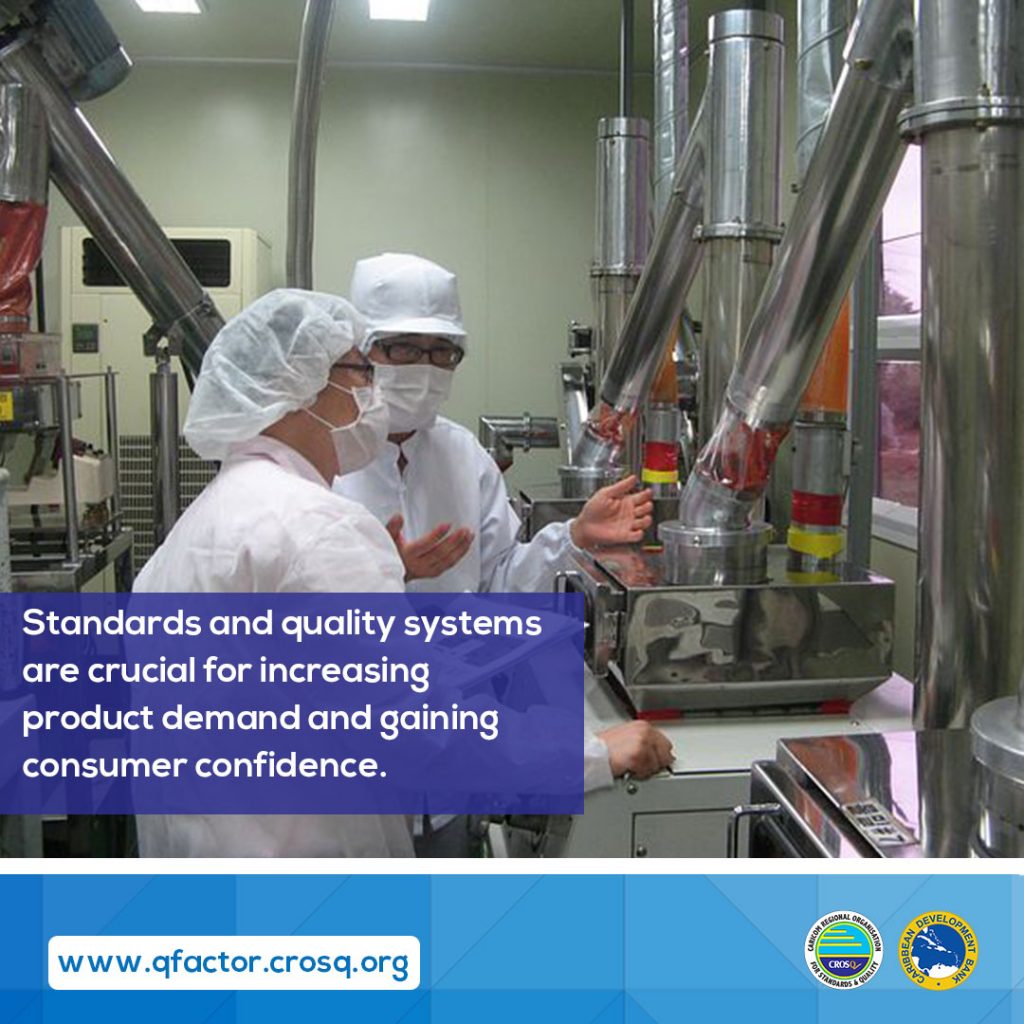Growing Demand for Your Products and Services with Standards and Quality
- crosqblog
- on Oct, 13, 2019
- Category Demand for Quality
- No Comments.

Understanding how to increase product demand is an ever-present concern for entrepreneurs. It is the primary reason millions of dollars are spent on marketing managers and advertising campaigns. However, the truth is that shoving money into marketing will not help your business if you cannot consistently produce high quality products.
Consumers demand quality and will quickly switch their loyalty when it is not provided. Standards and quality systems are crucial for increasing product demand and gaining consumer confidence.

The Link Between Standards and Product Demand
James Stroyan and Neil Brown cite a definition for standards that states that standards are “documents that are established by consensus and approved by a recognized body that provide for common and repeated use, the rules, guidelines or characteristics for activities or their results, aimed at the achievement of the optimum degree of order in any context.” They further explain that standards provide the following benefits to SMEs:
- They help companies know about new knowledge and innovations that help improve each company’s products or services and facilitate ease of trade.
- Companies can use standards to demonstrate to stakeholders (such as customers) that their products or services “meet defined safety, quality and environmental standards.”

Standards, therefore, help businesses become more competitive. They also help reduce costs in the long-term by making it possible for companies to access information they need to improve their processes.
When continuous improvement becomes the company’s focus, it can ultimately lead to new customers and subsequently greater demand for that product. Standards help companies stay ahead of their competitors and keep up with customer demand.
Marketing efforts are futile if a company has not incorporated standards into its business processes to ensure that cutting-edge, high-quality products are produced every time.
Quality Systems Boost Product Demand
Nicole Radziwill defines a quality system as “your organization’s blueprint [that] identifies your business model and process, provides details about how your people will work together to get things done, and establishes specifications for performance.”
The American Society for Quality (ASQ) further defines a quality management system as, “a formalized system that documents processes, procedures and responsibilities for achieving quality policies and objectives.” Quality systems, therefore, include these key elements:
- A clear outline of your business model and process
- Performance indicators that govern each team member’s role and how teams work together
- Documentation of all procedures used to maintain quality

Quality systems help organizations better manage their processes and procedures so they are able to produce on a consistent basis high quality output. Consumers expect high quality products and thus those companies who are able to maintain high quality standards, particularly in their processes and procedures will be able to consistently retain customer market share.
They also work best when there is buy-in across the company and each person is clear about his or her role. Well implemented quality systems help companies give customers products they will love.
Quality systems also help level the playing field, allowing small and large companies to compete side by side, raising the bar of quality in the entire industry and allowing companies to become more creative in their marketing.
We all know consumers want better quality products, in fact they demand better quality products; as such having the same standards to aspire to ensures that all producers provide the same high quality product.
Final Words
Standards and quality systems are important for providing structure within an organization. Before jumping on the marketing bandwagon, ensure that your company has followed standard regulations and created a strong quality system. Otherwise, you will struggle to keep up with your competitors and ultimately lose customers to those producing higher quality.




